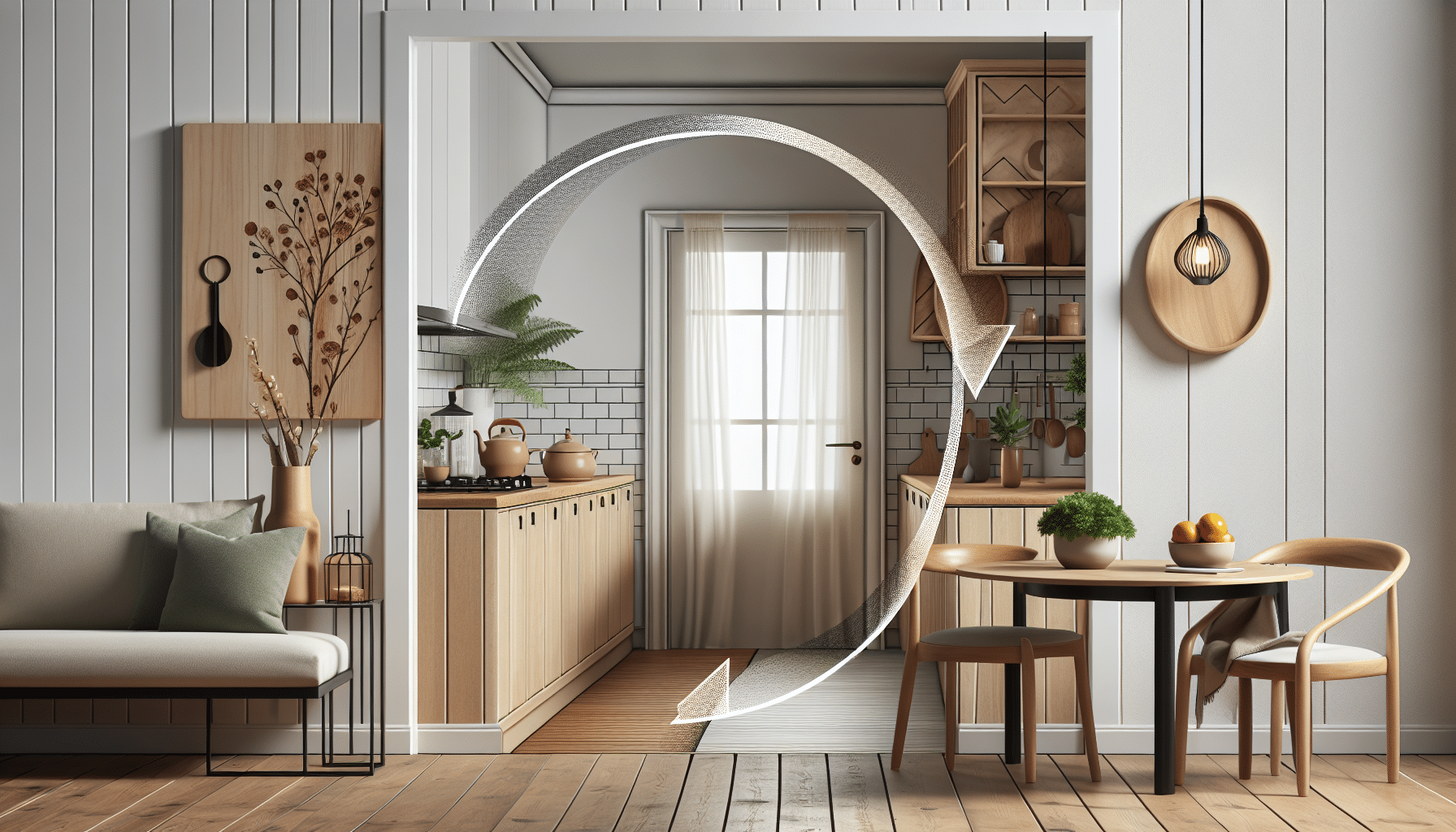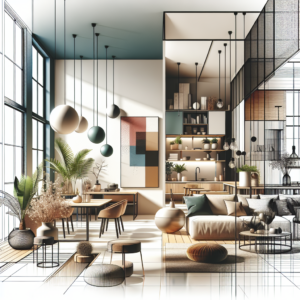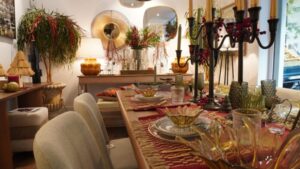In a world where interior design is becoming increasingly important, the transition from the kitchen to the living room has become a key trend for those seeking aesthetic continuity in their homes. This concept promotes fluidity between spaces, allowing for harmonized environments that are not only visually appealing, but also functional.
The kitchen, traditionally considered an independent space, has evolved into an open area connected to the living room. This transformation responds to a change in the lifestyle of modern families, who desire spaces where they can interact, socialize, and enjoy each other’s company. The removal of physical barriers between the kitchen and the living room promotes a sense of spaciousness and light, essential in contemporary decoration.
Interior designers and architects are implementing various strategies to achieve this aesthetic continuity. The choice of a coherent color palette is essential. Neutral tones, such as white and gray, along with accents in bolder colors, help unify both spaces, creating a cozy and cohesive atmosphere. Additionally, the use of similar materials, such as wood and metal, reinforces the visual connection between the kitchen and the living room.
Another key aspect is lighting. Experts suggest incorporating lighting systems that flow through both spaces, using elements such as recessed lights and designer lamps that enhance the aesthetics of the entire area. This not only improves the functionality of each space, but also creates a warm and inviting atmosphere.
Furniture plays a crucial role in this aesthetic transition. The choice of furniture that complements each other, such as kitchen islands that resemble dining tables or chairs that maintain a common design line, contributes to the creation of a harmonious environment. This interconnectivity translates into the possibility of organizing family and social gatherings in a space that effortlessly flows from one area to another.
Decoration experts highlight that by adopting this approach of continuity, not only aesthetic improvement is achieved, but also an increase in the functionality of spaces. The integration of the kitchen and living room allows families to enjoy shared moments without losing sight of daily tasks, turning the home into a more dynamic and comfortable place.
In conclusion, the transition from the kitchen to the living room through a coherent and harmonized design responds to the needs of a constantly evolving contemporary lifestyle. With attention to detail in elements such as colors, materials, lighting, and furniture, this approach not only enhances the beauty of the home, but also promotes togetherness and enjoyment of shared spaces, transforming homes into havens where aesthetics and functionality intertwine in perfect harmony.
Referrer: MiMub in Spanish











